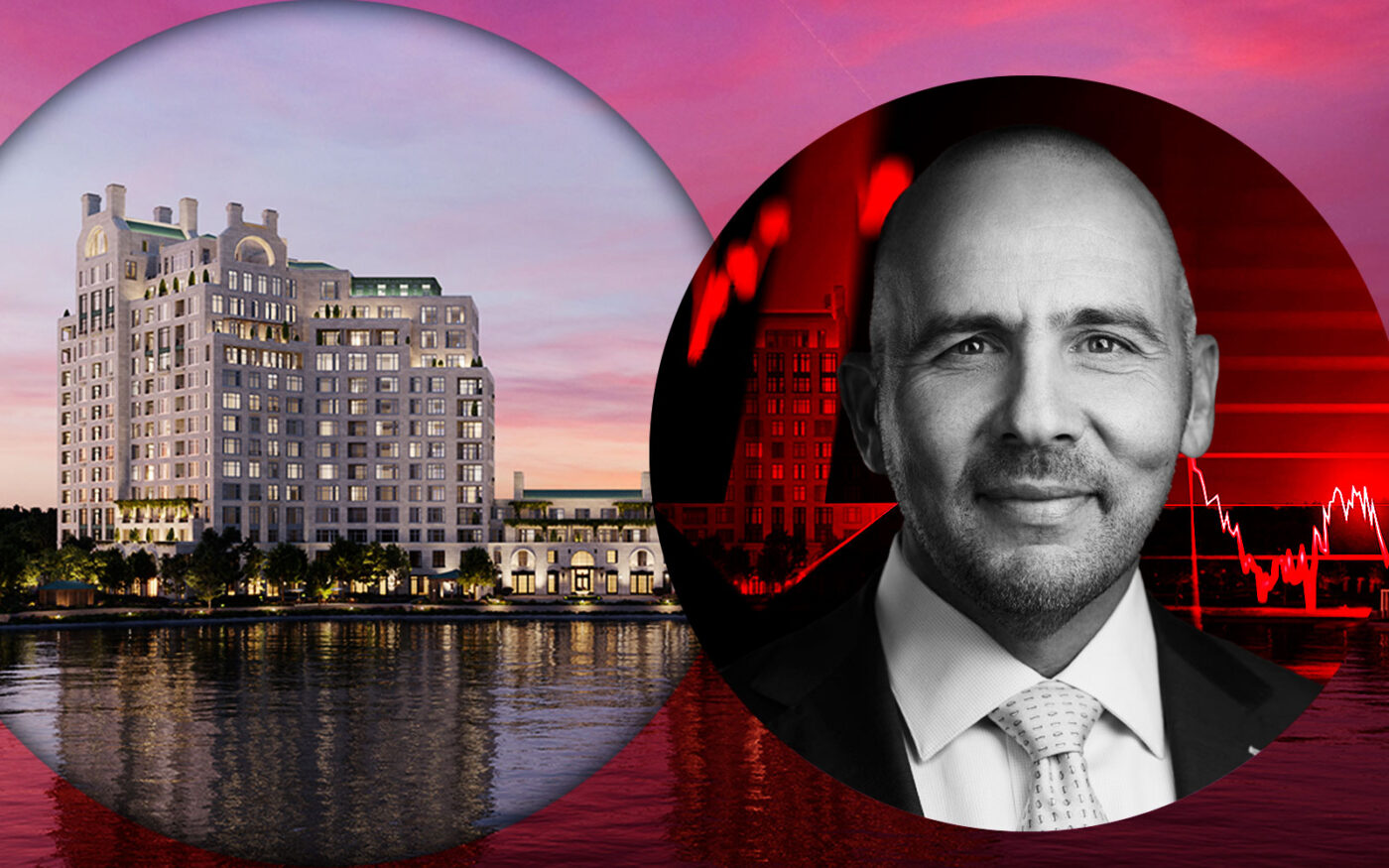In 2019, Howard Hughes Corporation was lost in the deep. Facing poor stock performance and corporate bloat, the company hired New York investment bank Centerview Partners to help right the ship. Ultimately, the plan to save Howard Hughes directed its leaders to focus on what it did best: master-planned communities.
The company sold off $2 billion in assets and ditched its Dallas headquarters for The Woodlands, the company’s crown jewel and perhaps the most famous master-planned community in the country. It doubled down on the large, sprawling developments that have since proven popular, especially in the booming Sun Belt.
These developments attract everything from single-family homes to offices to schools, but historically, Howard Hughes has avoided building condos in the communities. That all is changing.
In the company’s quarterly earnings call this week, executives doubled down on building condos in their master-planned communities, a reflection of unexpected success at a Ritz Carlton-branded project in the Woodlands and the changing dynamics of residential development financing.
Condos may provide a path toward profitability as the company struggles to turn its stock performance around. It reported losing $52.5 million, an even greater loss than the $22.7 million deficit it ran the prior year. Shares in the company ticked up slightly today, to $67.36 per share at market close, but remained down nearly 12 percent year-over-year. Howard Hughes attributed that decline to fewer master-planned community land sales, lower sales at a Nevada resort community and expenses from its Seaport Entertainment spinoff.
Piper Sandler managing director Alexander Goldfarb asked executives whether they would use extra cash to develop or to buy back stock.
The company makes these decisions on a case-by-case basis, its CEO David O’Reilly said, but certain types of projects make more sense than others. The ones that do make sense are telling.
“If I try to pencil out a potential office development in today’s largely unknown cap rate world, in today’s interest rate environment, I think it’s a pretty easy decision to say that capital would go into buybacks instead of a speculative office development,” O’Reilly said.
“But if we have the opportunity to build a condominium tower,” he continued, “I think you’ll see us continue to build condo towers in Hawaii and continue to be thoughtful in terms of where our developments are.”
While O’Reilly specifically mentioned Hawaii, it is clear the company is bullish on condo development across its portfolio. It is designing two more condo projects in Summerlin, a downtown project near Las Vegas. And in Texas, it has concrete proof that condo developments can sell, even in a city as sprawl-centric as Houston.
The company announced the Ritz Carlton Residences in the Woodlands late last year. The 111-unit, Robert A.M. Stern Architects-designed project was a real risk in a city that lacked the robust condo markets of New York and Miami.
Executives weren’t sure how to price the condos, but they ended up shooting for the moon.
“Where we decided to launch pricing on those was well in excess of where any market study said was possible,” O’Reilly said. As presales went on, the developer raised prices around 17 percent. Now, after $250 million in first-week sales, it is about 60 percent sold, and the company is waiting to finish construction before selling more, as it expects to push even higher prices when people can walk around in the units.
Dirt has also grown more expensive. Price per acre grew 15 percent in the last year, the company said, if one excludes a handful of abnormally expensive custom lot sales from last year. In a condo development, one can fit more residences on less land, pulling more value out of more expensive dirt.
The company can put its land holdings to work in financing new developments. By contributing land at a lower basis, it has to put up less equity. Condos also bring in deposits, presales and sales upfront, rather than the slow trickle of income one receives from rentals. That can mean better returns in a relatively short time span, even compared to buybacks.
Read more



